This weekend, China celebrated its sixth "National Space Day" in Nanjing, a capital city in one of the country's eastern provinces. As part of the festivities, Chinese space officials highlighted the Chang'e-5 mission's recent return of lunar samples, some of which were on display, and announced the name of China's first Mars rover, Zhurong, which is scheduled to land on the red planet in May.
A booth operated by China's main state-owned rocket manufacturer, the China Academy of Launch Vehicle Technology, also spotlighted the potential for suborbital point-to-point transportation. This is a concept in which a vehicle launches from Earth, flies into suborbital space, and touches down halfway around the world in less than an hour.
The promotional video, captured and shared on the Chinese social network Weibo, shows two different concepts for achieving suborbital passenger flights about two decades from now. What is interesting about the video (which I've mirrored on YouTube) is that the first concept looks strikingly like SpaceX's Starship vehicle. It shows a large vehicle capable of vertical takeoff and vertical landing.
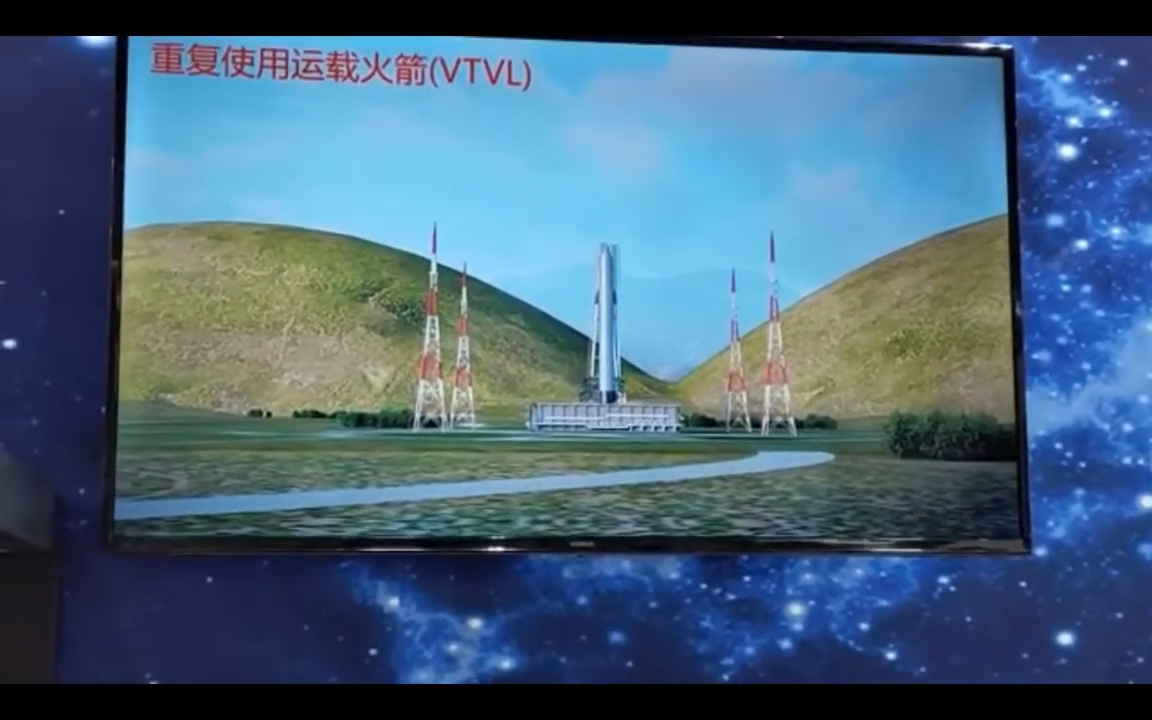
The concept is notable not only for its appearance to Starship—the vehicle's exterior is shiny, like the stainless steel structure of Starship, and the first and second stages are similarly seamless—but in its function as well. Although Starship has primarily been promoted as a vehicle to take humans to the Moon and Mars, SpaceX has also developed a point-to-point concept.
SpaceX first unveiled this "Earth to Earth" concept in September 2017. A video released at the time showed a suborbital flight time on Starship from New York City to Shanghai of just 39 minutes and advertised the capability of "anywhere on Earth in less than an hour."
The second point-to-point concept in the Chinese video showed a horizontal takeoff, horizontal landing vehicle that used some sort of electromagnetic catapult.
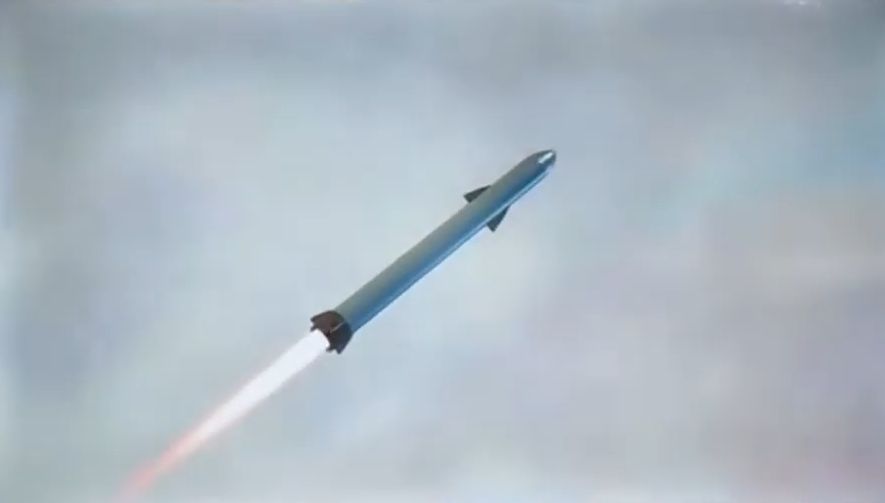
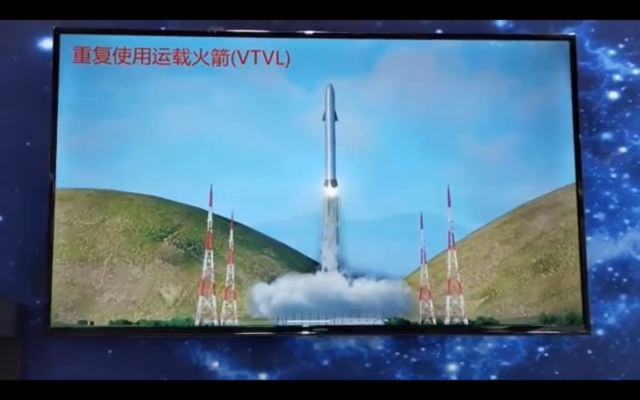
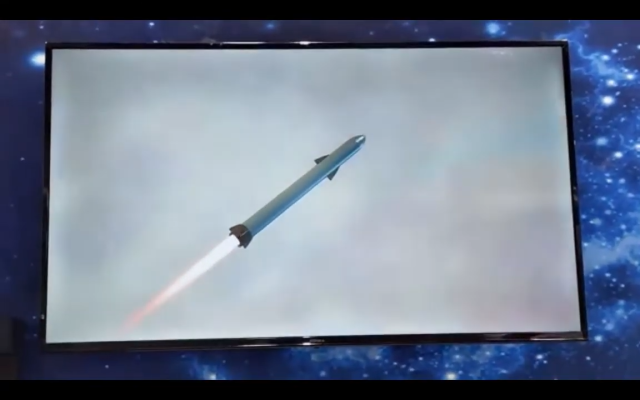
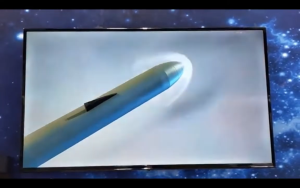
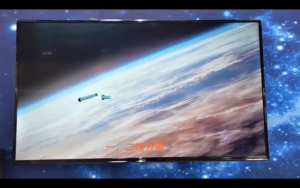
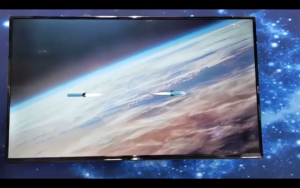
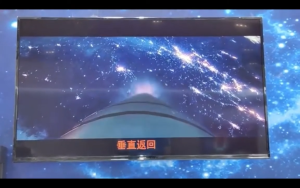
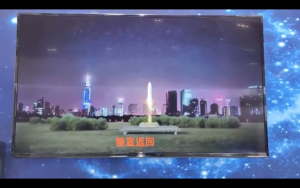

 Loading comments...
Loading comments...
